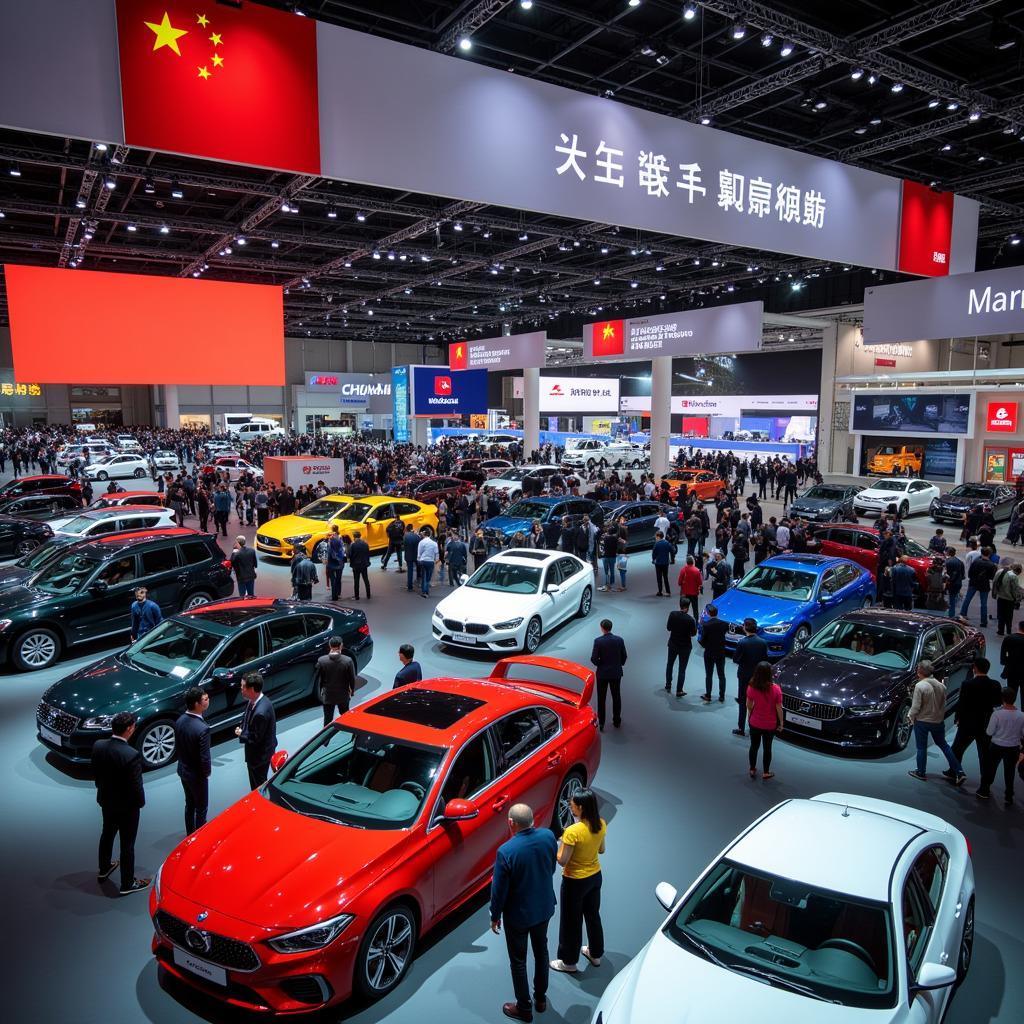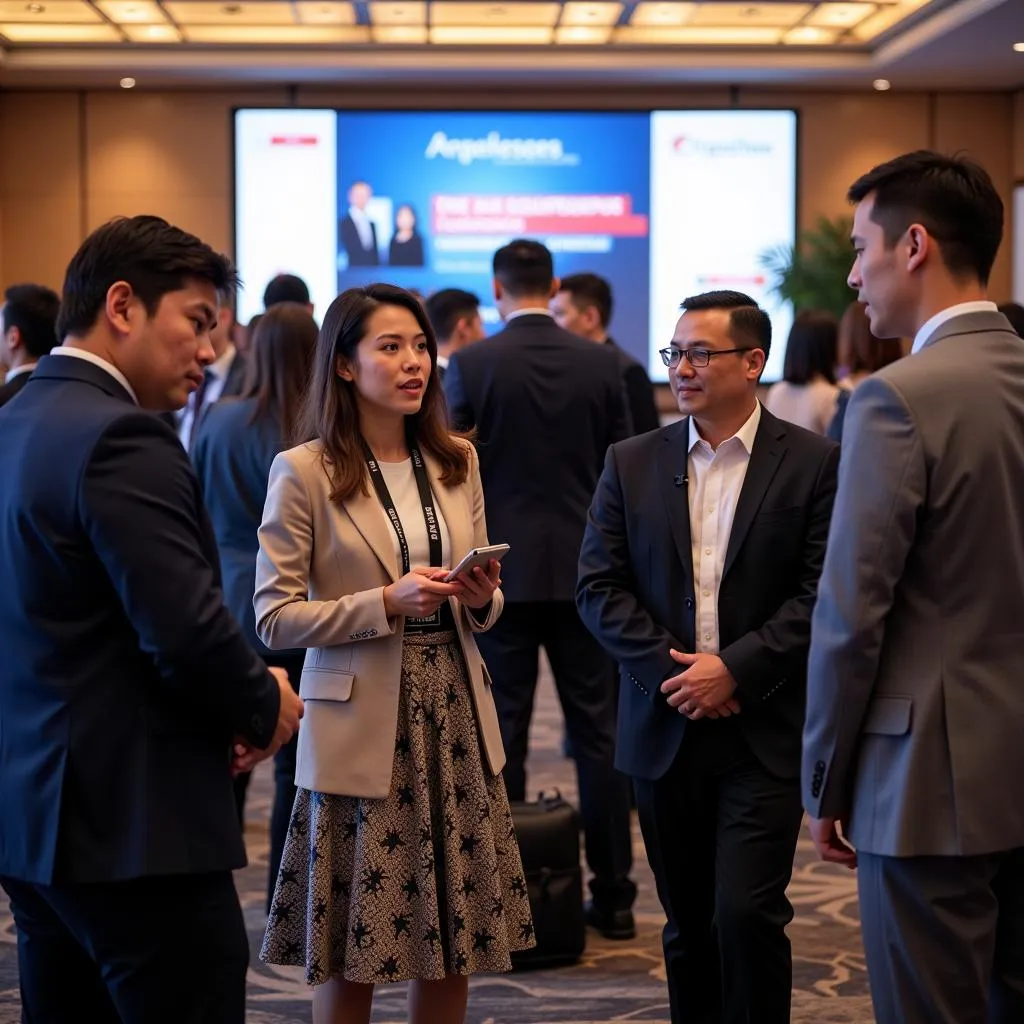The ASEAN Automotive Federation (AAF) plays a crucial role in connecting Southeast Asia’s burgeoning automotive industry with the world’s largest automotive market – China. This article delves into the significance of the AAF in fostering collaboration, driving growth, and navigating the complexities of the Chinese automotive landscape for ASEAN manufacturers.
The ASEAN Automotive Landscape and China’s Influence
 ASEAN Car Production Statistics
ASEAN Car Production Statistics
The ASEAN region boasts a vibrant automotive industry, with countries like Thailand, Indonesia, and Malaysia emerging as key manufacturing hubs. The rise of ASEAN as a production base has attracted significant investment from global automotive giants, including those from China.
China’s influence on the ASEAN automotive sector is multifaceted:
- Investment: Chinese automakers, recognizing the strategic importance of ASEAN, have been investing heavily in manufacturing facilities and joint ventures in the region.
- Technology Transfer: Collaborations between Chinese and ASEAN companies have facilitated the transfer of technology, particularly in electric vehicle (EV) manufacturing and autonomous driving.
- Growing Market: China’s massive consumer market presents a lucrative opportunity for ASEAN-made vehicles, especially as trade agreements and economic partnerships deepen.
The ASEAN Automotive Federation: Bridging the Gap
The AAF serves as the collective voice of the ASEAN automotive industry, advocating for its members and facilitating dialogue between industry stakeholders, governments, and international organizations. In the context of China, the AAF plays a vital role in:
- Promoting Collaboration: The AAF organizes trade missions, exhibitions, and conferences that provide platforms for ASEAN and Chinese automotive businesses to connect and explore partnerships.
- Harmonizing Standards: With China’s unique regulatory environment, the AAF works to align technical regulations and standards between ASEAN and China, easing market access for ASEAN manufacturers.
- Sharing Best Practices: The AAF facilitates knowledge sharing and the exchange of best practices in areas such as manufacturing, supply chain management, and research and development.
Navigating the Chinese Automotive Market: Challenges and Opportunities
 Chinese Car Buyers at an Auto Show
Chinese Car Buyers at an Auto Show
While China presents significant opportunities, ASEAN automakers also face challenges:
- Intense Competition: The Chinese automotive market is highly competitive, with both domestic and international players vying for market share.
- Rapid Technological Advancements: China is at the forefront of automotive technology, particularly in EVs and autonomous driving. ASEAN manufacturers need to keep pace with these advancements to remain competitive.
- Evolving Consumer Preferences: Chinese consumers are increasingly discerning, seeking advanced features, fuel efficiency, and connectivity options in their vehicles.
To succeed in China, ASEAN automakers should:
- Focus on Innovation: Investing in research and development, particularly in areas like EVs and autonomous driving, is crucial for capturing the attention of Chinese consumers.
- Leverage Partnerships: Collaborating with Chinese companies can provide access to technology, distribution networks, and local market knowledge.
- Adapt to Local Preferences: Understanding the specific needs and preferences of Chinese consumers, such as design aesthetics and technology features, is vital.
Conclusion
The AAF plays a pivotal role in strengthening the ties between the ASEAN and Chinese automotive industries. By fostering collaboration, promoting harmonization, and facilitating knowledge exchange, the AAF empowers ASEAN automakers to navigate the complexities and capitalize on the immense opportunities presented by the Chinese automotive market. As both regions continue to grow and evolve, the AAF’s role will only become more critical in shaping the future of mobility in Asia and beyond.


